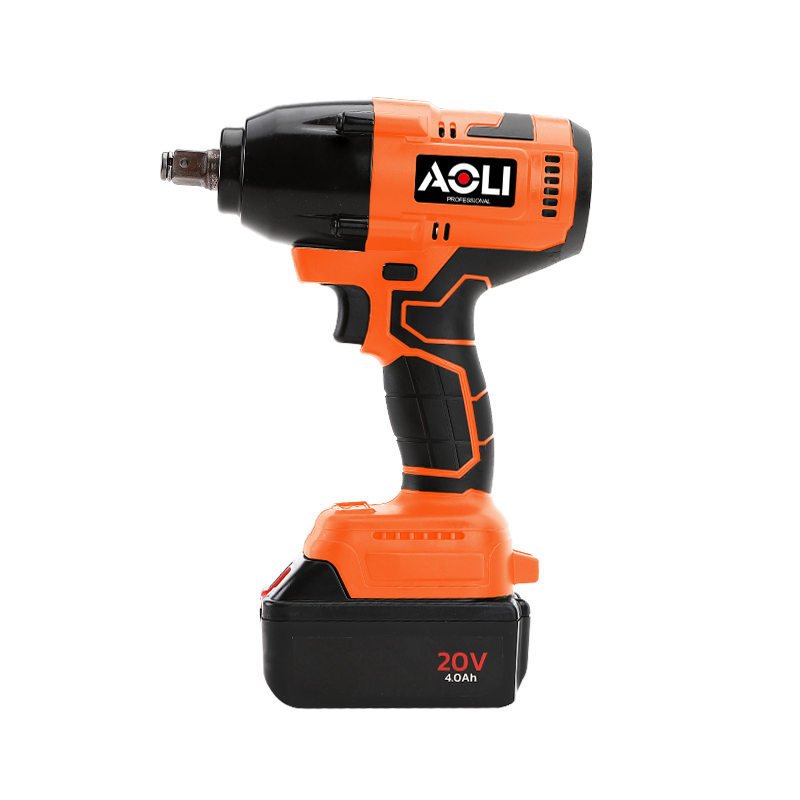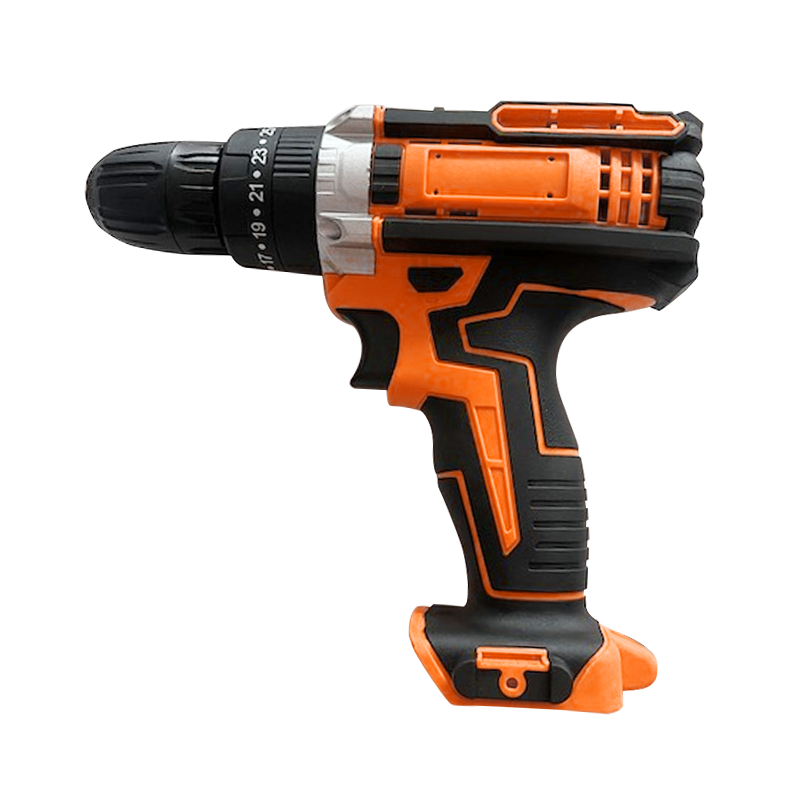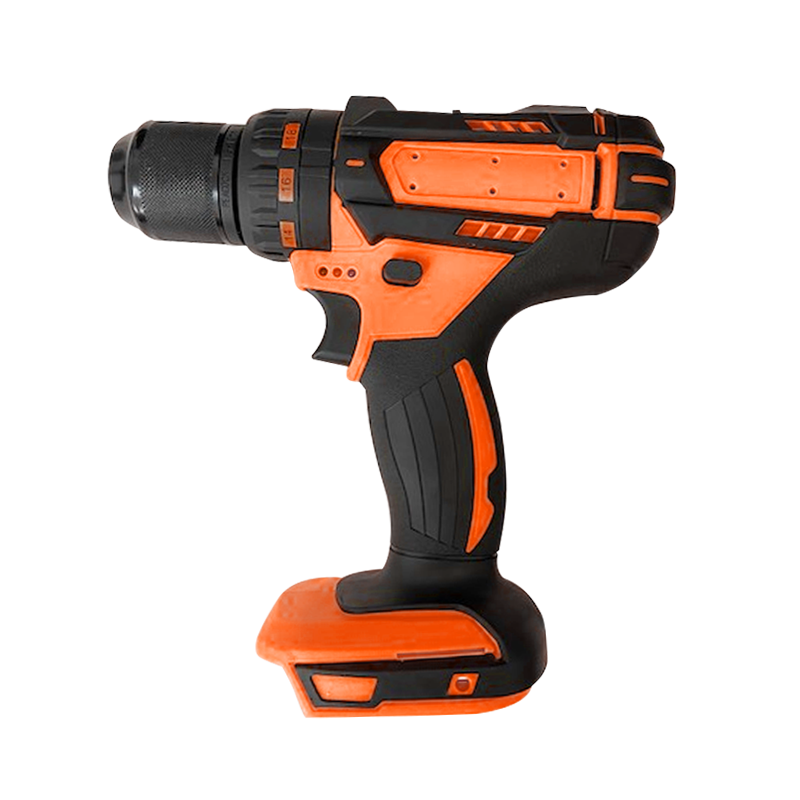Sale OEM Rotary Demolition Hammer Manufacturing Supplier
The OEM Rotary Hammer, a staple in the toolkits of professionals across the construction, demolition, and masonry industries, is recognized for its ability to deliver powerful blows with precision. A key feature that sets apart high-quality OEM Rotary Hammers from their competitors is the inclusion of advanced vibration-dampening systems. This article delves into the importance of these systems, their impact on user comfort and tool longevity, and how they are integrated into the design of OEM Rotary Hammers.
Vibration dampening systems in OEM Rotary Hammers are engineered to reduce the physical strain on the user during extended periods of use. The constant vibration generated by the tool can cause discomfort and even long-term health issues such as carpal tunnel syndrome. By incorporating advanced dampening technology, OEM Rotary Hammer manufacturers aim to mitigate these risks, ensuring a safer and more comfortable working environment for their users.
The effectiveness of a vibration-dampening system in an OEM Rotary Hammer is often measured by the reduction in perceived vibration (RPV). This metric indicates the percentage by which the tool's vibrations are reduced, providing a clear indication of the system's performance. High RPV values are desirable, as they signify a more effective dampening system, cause less user fatigue, and a more enjoyable work experience.
In addition to user comfort, vibration-dampening systems in OEM Rotary Hammers also play a crucial role in the tool's durability. Excessive vibrations can cause wear and tear on the tool's internal components, reducing its lifespan and increasing maintenance costs. By effectively dampening vibrations, these systems help to prolong the life of the tool, ensuring that it remains a reliable and efficient workhorse for years to come.
The design of vibration-dampening systems in OEM Rotary Hammers varies across manufacturers and models. Some systems may utilize a combination of mechanical and electronic components, while others may rely solely on one or the other. Mechanical dampening systems often involve the use of counterbalancing weights or springs to absorb and disperse vibrations. Electronic dampening systems, on the other hand, may use sensors and microprocessors to monitor and adjust the tool's performance in real time, optimizing the dampening effect.
When evaluating the vibration-dampening capabilities of an OEM Rotary Hammer, it's essential to consider the tool's intended use. For applications that involve long periods of continuous use, such as drilling large holes or chiseling through hard materials, a more advanced dampening system may be necessary to prevent user fatigue and maintain productivity. Conversely, for lighter tasks or occasional use, a less sophisticated system may suffice.
In conclusion, the presence and effectiveness of vibration-dampening systems in OEM Rotary Hammers are critical factors that contribute to the overall performance, user comfort, and longevity of the tool. As the demand for more efficient and ergonomic tools grows, manufacturers are continually investing in the development of advanced dampening technologies. Users of OEM Rotary Hammers can expect to see ongoing improvements in this area, ensuring that these powerful tools remain at the forefront of the industry for years to come.

 English
English Español
Español русский
русский
















